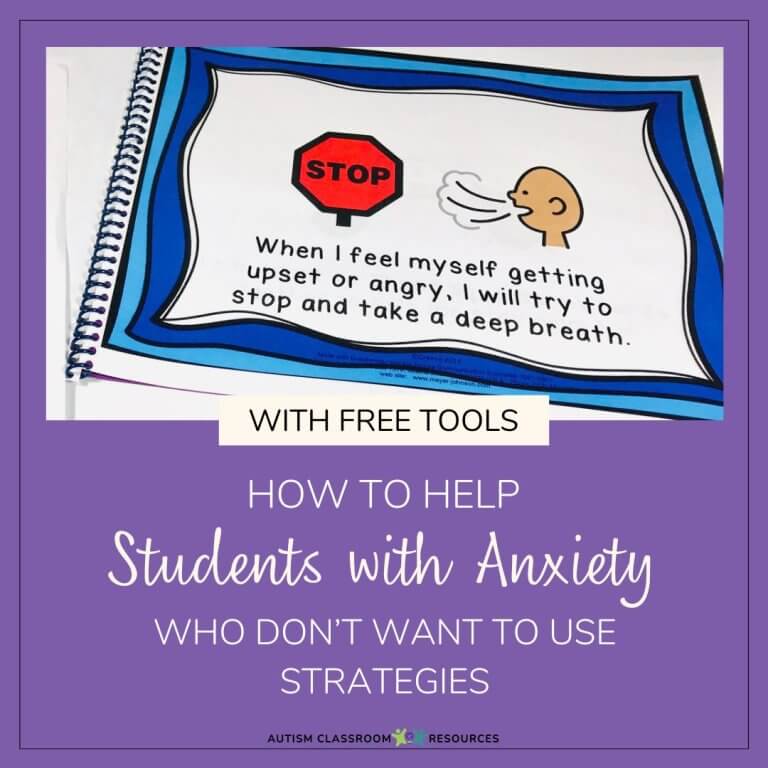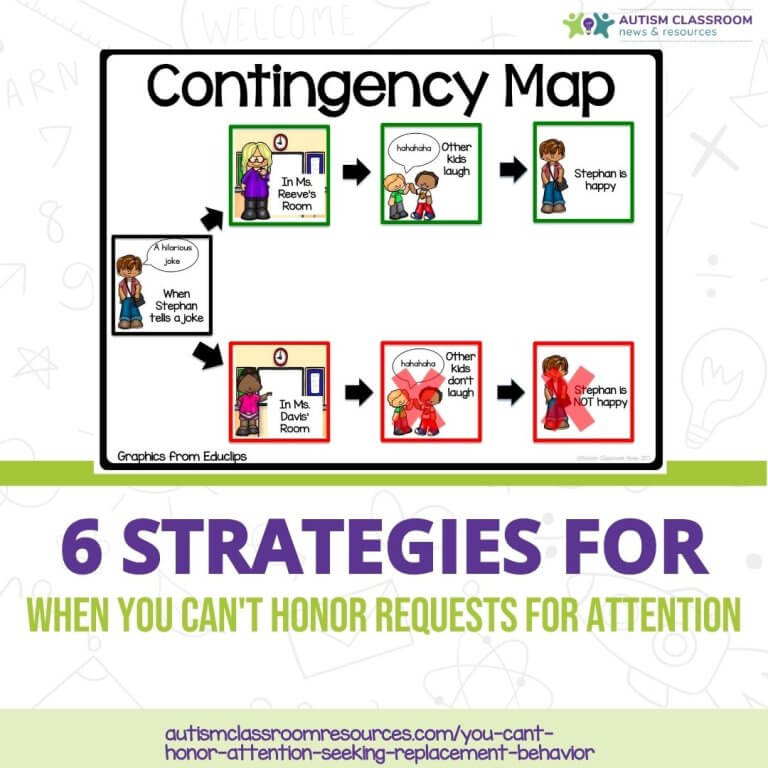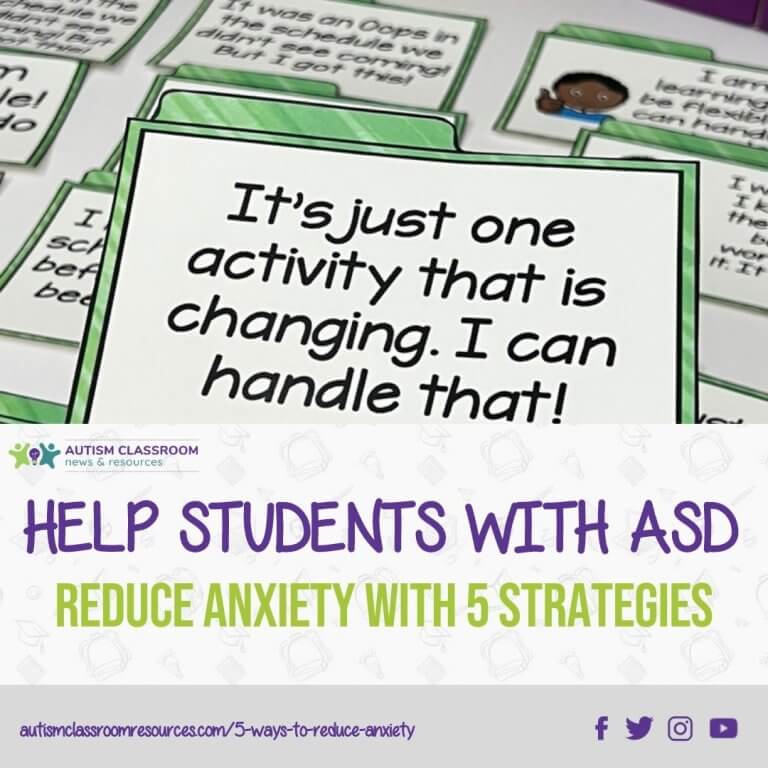Sharing is caring!
I have been talking about the research behind the evidence-based practices report from the National Professional Development Center. To read the other posts about the report and other interventions, click HERE.
Today I want to talk about a cognitive behavioral practice, the last evidence-based practice I talked about, for relaxation. Progressive relaxation is a strategy that teaches individuals to tense and relax parts of their body to feel the difference. Typically it involves deep breathing as well as tensing and releasing muscles from hands to arms to your trunk to your neck and so on through the body. However, I know with students I’ve known on the spectrum, their deep breathing often looks like hyperventilating rather than deep breathing. Their ability to follow directions that involve tensing and releasing is often complicated by their sensory difficulties as well as their communication understanding. So I want to share some methods that can help students on the spectrum to relax effectively.
1. Visuals
Probably the most easily implemented strategy is to use visuals for the steps. This makes them more concrete and eliminates the communication situation. The visuals above are visuals that show the steps of breathing in and out and relaxing before going into class that are part of my newest product that I’ll describe in my next post. The square breathing visual (access it here for download) above is great because it makes the student count for each step of deep breathing using a visual cue, so it slows down that rapid fire breathing and is more relaxing. Another useful tool is the visual from Geneva Centre that shows the steps of progressive relaxation. The student sits in his chair and tenses his face, then his arms, then shoulders, then legs and then does deep breathing. Click on the picture to download it.
2. Belly Breathing
Another way to help students make deep breathing concrete is to have them put their hands on their belly when they breathe. Have them try to feel their belly going up and down when they breathe in and out. Sometimes it helps if they lie down and put their hands on their stomach to feel it. This is a great video for younger kids from Sesame Street about belly breathing with a cute song.
3. Use Music
Music can be calming and help to slow the pace of people’s breathing and the words can teach the students what to do, just like in the belly breathing video above. Below is another one. The music in the video is interspersed with faculty of the school talking about the implementation of mindfulness in their school. Mindfulness is one of the cognitive behavioral interventions that has research supporting it. The point behind it is to teach people of all ages to remain in the moment and not think about anything but the now. To be mindful of what is going on right now and not worry about the past or future. It grew out of eastern philosophies and there is some good research that it is effective in helping high functioning students with ASD to manage anger and anxiety. What I really like about this video is the song–the idea of taking If You’re Happy and You Know it, “just Breathe” hit a chord with me (pardon the pun). Watch at least long enough to hear some of the verses and the next song to see how they use music to help students learn to use strategies in different situations.
4. Teach, Then Practice, Then Cue
Essentially when you are teaching a student to use any type of relaxation strategy, you want to teach it and practice it when he is calm. You want him to over learn the strategies so that you can cue it when he is calm and he can engage in the relaxation routine. You can also use relaxation strategies as a proactive strategy before entering a potentially stressful situation. Then we can start to cue it in a stressful situations. Cueing it too often in stressful situations before they have learned it well can cause the individual to become more stressed because it’s new and difficult on top of the stress from the situation.
5. Resources
Finally, these are some books that I think are really helpful. June Groden’s book on Progressive Relaxation is somewhat dated but the steps are still valid and it’s one of the most useful tools I’ve found for how to teach students relaxation strategies. When My Worries Get Too Big is a workbook for students to talk about relaxation strategies and when they should use them.
Next time I will highlight my new product, I Can Stay Calm that includes visuals and social stories for staying relaxed in difficult situations.
And don’t forget, that Thursday and Friday everything in my store is on sale!!
Until next time,










